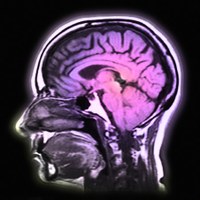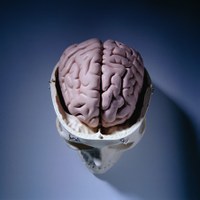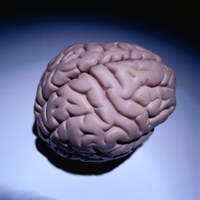Portuguese researchers discover substructures in the brain that are relevant for surgical procedures
The results have just been published in one of the most prestigious journals in the field of Neuroscience, Neuroimage.
A team led by Portuguese researchers developed neurocomputing methods that made it possible to identify brain substructures with different connectivity profiles which affect the motor and non-motor aspects of the human body. These findings can help medical teams to improve the targets of their Deep Brain Stimulation (DBS) procedures in patients with dystonia and Parkinson’s disease.


How did the Portuguese researchers reach these conclusions?
The Portuguese researchers have reached this conclusion by studying a section of the brain called GPi (Globus Pallidus Internus), located in the centre of the brain and composed of structures with primary functions.
The GPi is one of the targets of DBS, where electrodes are put inside the patient’s head. This sort of brain pacemaker helps improve symptoms, always depending on the target, that is, Parkinson’s disease, dystonia, or others.


But what is dystonia?
“It’s an illness that causes the muscles to be permanently contracted involuntarily. Even though it’s a chronic illness, it is possible to improve symptoms through DBS”, explains João Paulo Cunha, coordinator of INESC TEC’s Centre for Biomedical Engineering Research at INESC TEC.
To reach these conclusions, the team of researchers from Portugal and Germany used a technique called Diffusion Tensor Imaging, which is a magnetic resonance technique that helps understand the connectivity density between brain structures, thus making it possible to map the fibres that connect the different structures in the brain.


The researchers had already published some findings in NeuroImage, in 2014
In 2014, the team of researchers from INESC TEC and the University of Munich had already demonstrated, also on NeuroImage, that the connectivity projections of the fibres from the DBS electrodes in the GPi, for different cortical and subcortical structures, seemed to be associated with the positive or negative result of those neurosurgeries. This study made it possible to understand that the GPi could have different preferential connections to other parts of the brain, which consequently would stimulate those brain structures. The results would be better if those structures were connected to motor regions, and worse if they were connected to regions with non-motor functions.


The 2016 findings were published in 2017
In 2016, this Portuguese team developed neurocomputing methods to study the density of connectivity of the fibres that leave the GPi to other areas of the brain in healthy people with no indication of pathology. The team found that this nucleus at the base of the brain seems to have at least three substructures with different connectivities, and one of them was clearly connected by the Thalamus to the sensorimotor cortex. This way, the DBS electrodes implanted in that substructure produce best clinical results as opposed to electrodes implanted in other substructures. These results are useful for planning and executing DBS procedures. This method can also be used to personalise the pattern of connectivity in each surgical candidate, adapting the neurosurgical target to the connectivity profile of each specific patient. This means that the precision of the procedure can be improved.
João Paulo Cunha, coordinator of C-BER, and Nádia Moreira da Silva, a researcher at C-BER, are the INESC TEC researchers involved in this study.
The paper published in NeuroImage can be found here:
https://www.ncbi.nlm.nih.gov/pubmed/27646126
The INESC TEC researchers mentioned in this article are associated with FEUP and INESC TEC.


